This classic text is much beloved by medical students and physicians-in-training throughout the English-speaking world, as its many editions indicate. It is chock full of the pearls of clinical wisdom that students and practitioners treasure, and many of these lessons apply to medicine in general. The book was well characterized by a reviewer of an earlier edition for The New England Journal of Medicine: ‘If only one book about surgery could be made available to physicians from all specialties, it should probably be Silen’s recent revision of Cope’s Early Diagnosis of the Acute Abdomen. Since the book first appeared, it has remained the classic treatise on the initial approach to abdominal pain.’ Because acute, severe abdominal pain is still a common problem whose misdiagnosis can result in quick death, each generation of beginning physicians is faced with the urgency of learning to make a diagnosis in this high-anxiety situation, and they appreciate the wise, humane, precisely detailed guidance offered by Cope and Silen. For the 22nd Edition, Dr. Silen has again updated the text in a respectful but significant way. He has added a chapter on the increasing disorder of diverticulitis, reexamines the use of analgesics, emphasizes the costs of over-testing, and updates all recommendations regarding trauma, radiologic studies, and therapeutic recommendations.
| Categories: | All, distributed, Gastroenterology & Hepatology |
|---|
| Weight | 386 kg |
|---|---|
| Dimensions | 20.57 × 13.72 × 2.03 cm |
Related products
-
Puzzling Cases in Pediatric Dermatology Volume 1
₹995.00The book covers 30 Unique Cases in Pediatric Dermatology written by some of the Leading Experts. The book would be highly useful to all Dermatologists, Pediatricians, Consulting Physicians, Post Graduate Students and those interested in treating Children with Dermatological Conditions
-
Puzzling Cases in Pancreatic Diseases
₹675.00Pancreatology, as a discipline, has not been in focus for long has become a vanishing specialty for a variety of reasons. As a consequence, pancreatologists face several issues despite the ongoing their e orts in managing their practice and maintaining their identity in the fraternity. e changes in medical practice in many parts of the world have led to a shift of responsibilities, away from the surgeon and towards the gastroenterologist. e latter may not be equipped with su cient resources to acquire the knowledge. While the mainstream issues in pancreatology are taught at various levels and conferences, as well as guidelines, the remaining is mostly left to the experts, not to say connoisseurs. A selection of such experts from around the globe have contributed to this book with very special cases and exemplifying problems in the form of case reports for better application and understanding of the same in clinical practice. Medical journals in the hunt for their respective impact factors have stopped publishing case reports as these cannot be cited, therefore other channels become imperative to impart this knowledge to the medical community. Puzzling Cases in Pancreatic Diseases is a logical initiative in this direction. A good deal can be learned from these case reports that are professionally presented and discussed.
-
-
EMG Simplified
₹3,250.00ABOUT THE BOOK – A concise book for practical Electroneuromyography What is it for? Electrodiagnosticians Neurology trainees Neurology practitioners Orthopedic and hand surgeons Physicians Technologists COVERS Technical as well as neurological aspects Troubleshooting paradigms Approach based on presenting symptoms Disease based discussions Considerations about the common and the uncommon Case Studies
-
HANDBOOK OF DERMATOLOGIC DRUG THERAPY 2/Ed. Revised & Updated
₹1,495.00Dermatology is a branch of medicine which relies heavily on outpatient treatment and also managing several incapacitating diseases as inpatients. The load of patients in any dermatology OPD is ever increasing, thanks to the recent awareness about the dermatological diseases. The role of a Dermatologist is complicated and quite demanding with reference to innumerable diseases that he has to deal with. Added to this, he is also expected to be well versed with all the drugs that he prescribes, what with constant addition of newer drugs. It is humanly impossible to remember and recollect the various indications, dosages, formulations, side effects and mechanism of actions of all the drugs that he is suppose to use. Another perennial threat is that posed by drug interactions. Books available on this subject are either very exhaustive or less informative. Handbook of Dermatologic Drug Therapy is published is an attempt to bridge this gap. In this second edition, newer therapies like biologics has been added. Each chapter has been updated to add the recent advances. The book is designed and written in a simple language and is not pocket heavy. The target readers are undergraduate, postgraduate and the practicing dermatologists alike. The contents of the book follow a standard format like chemical structure, mechanism of action, pharmacokinetics, indications, contraindications, side effects. Two other highlights of this book are prescription pearls and important drug interactions.
-
Current Progress in Orthopedics Volume 1
₹1,500.00The book disseminates orthopedic knowledge and shares the experience and skill of the best orthopedic surgeons from around the world. The aim of the book with almost 60 contributing authors which covers the subjects from Pediatric Orthopedics to Arthroplasty for the Aging Population and from Cartilage Repair to Open Fracture and Spine Surgery.
-
Textbook and Atlas of Dermatology 2nd Ed.
₹3,995.00Salient Features :
1) Comprehensive visual guidance you need to effectively evaluate, diagnose and manage all forms of skin disease. over 200 images richly depict etiology, clinical features, diagnosis and treatment, equipping you to provide the best care to every patient. 2) More than 40 chapters covering all dermatological ailments. 3) More than 200 illustrations from the Author’s personal database giving a unique overview of the diseases. 4) Hands – on clinical experience sharing in the form of cases, clinical presentations and management approach.
-
Puzzling Cases in Stroke Vol. 2
₹1,695.00Stroke is a treatable medical emergency affecting about 15 million people every year worldwide. It is the most common cause of common cause of disability globally and is the third most common cause of death. In the present times, there are effective treatment options which if given timely will benefit the patients of stroke remarkably. Therefore, correct diagnosis of acute stroke is extremely important for the clinicians to provide appropriate treatments and to ensure prevention of acute complications, including recurrent strokes. But sometimes a typical or uncommon presentation of stroke or “stroke chameleons”can lead to diagnostic dilemma. Therefore, timely diagnosis and management may be delayed. There are time – tested strategies which when strictly followed by the Neurphysician can reduce the chances of missing the correct diagnosis. Firstly, “Listen very carefully to the patient. He is telling you the diagnosis.” Clinicians should suspect stroke when the history suggests abrupt onset of neurological symptoms. Remember, Stroke is a clinical diagnosis and imaging is providing the corroboratory evidence. Secondly, a complete and systematic neurological examination should be routinely done in patients presenting with acute neurological symptoms because this might shed light on the true nature of the problem. Finally, even the most sophisticated neuroimaging tests might miss the stroke in the early hours after the event.

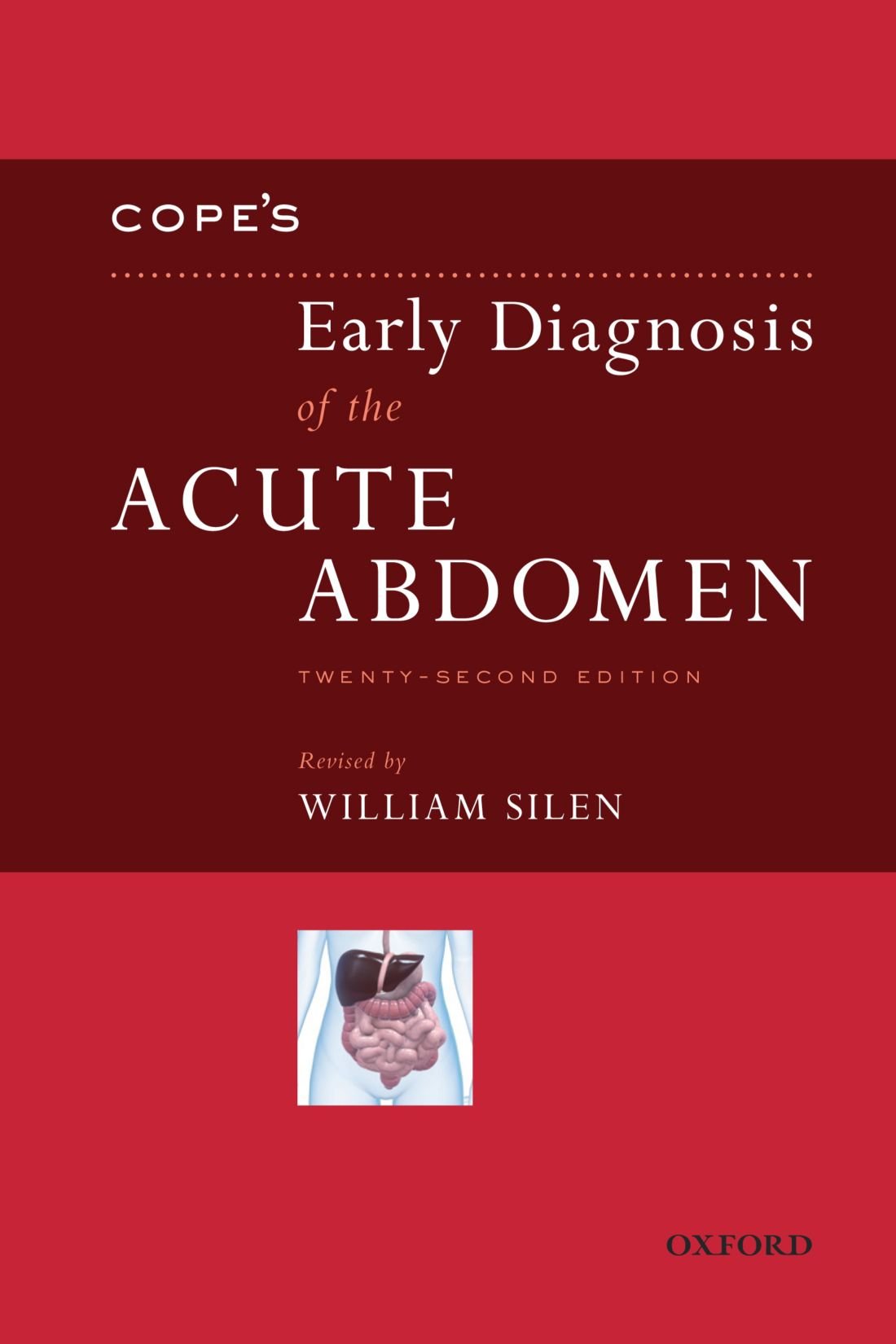

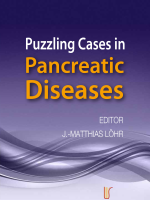
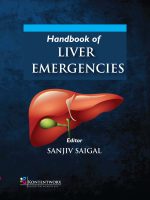
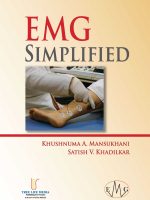
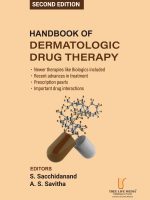


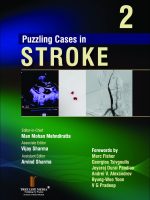
Be the first to review “Cope’s Early Diagnosis of the Acute Abdomen”